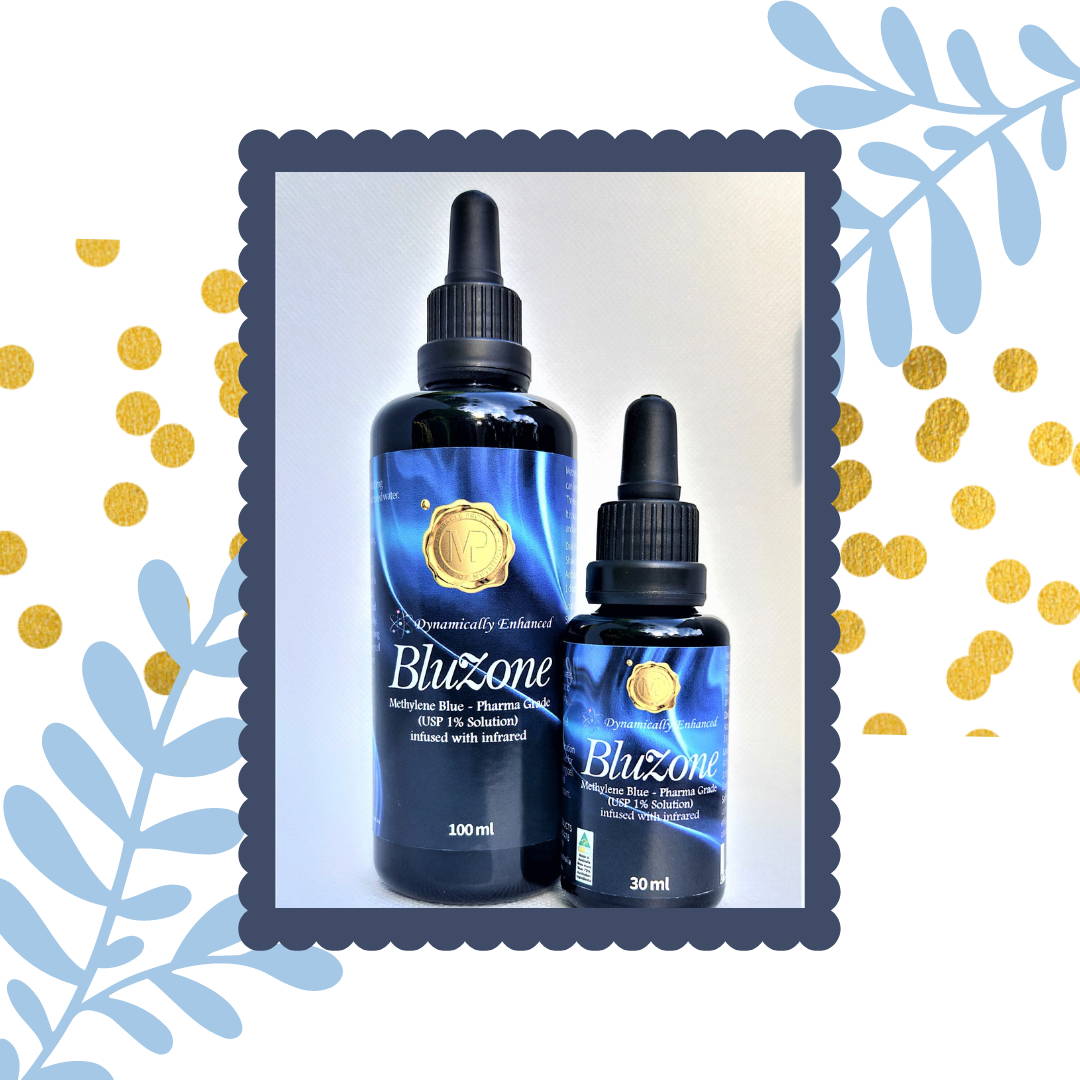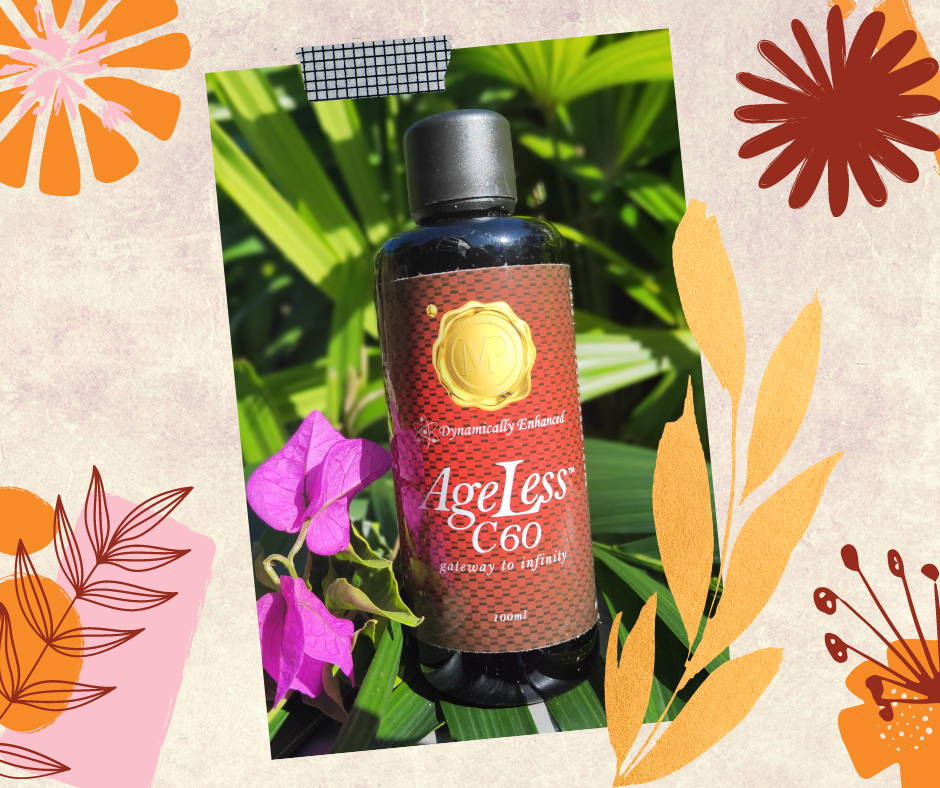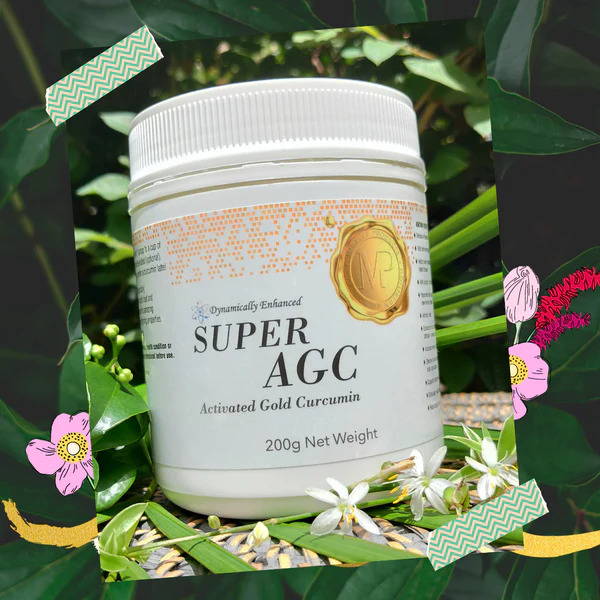The human body’s largest internal organ is the liver. This vital organ is responsible for processing everything we eat and drink and filtering harmful substances such as toxins and poisons from the blood. Too much fat in the liver can lead to long-term liver damage. In many cases, fatty liver has no symptoms yet it becomes more harmful as the condition progresses.
Fatty liver occurs when excess fat accumulates inside liver cells. This means normal, healthy liver tissue becomes partly replaced with fatty tissue. Fatty liver is now recognised as the most common cause of abnormal liver function test results in the USA, UK and Australia. Around one in five people in the general population, in the USA and Australia have a fatty liver. Fatty liver is usually associated with abdominal obesity, insulin resistance and type 2 diabetes. If severe, it can eventually lead to cirrhosis and liver failure.
The most commonly recognized cause of fatty liver is related to heavy alcohol drinking, certain drugs and eating processed junk foods. If alcohol is the cause, the fat can disappear, usually within 6 weeks, when people stop drinking.
However, if the cause is not identified and corrected, fatty liver can have serious consequences. For example, if people continue to drink large amounts of alcohol or if the processed foods and a drug causing fatty liver is not stopped; repeated liver injury may eventually lead to cirrhosis or other consequences.
There are now many researchers who believe that metabolic syndrome (a group of disorders that increase the risk of diabetes, heart disease and stroke) plays an important role in the development of fatty liver. Excess body weight, a diet high in processed sugar, high triglycerides, diabetes, and lack of physical activity, all play a role in liver health.
High Fructose Corn Syrup is VERY TOXIC to the Liver It is now revealed to be directly related to all non-alcoholic fatty liver disease.
If you want to heal your liver, one of the best things you can do is to clean up your diet (cut out excessive sugars, processed foods and detrimental pharmaceuticals), incorporate raw fruits and vegetables, avoid breads and grains, avoid alcohol and get daily exercise. The biggest offenders are processed sugars and foods made of white flour.
However, a high intake of carbohydrate rich foods in general can promote fatty liver, as the liver converts excess carbohydrate into fat. Foods that need to be restricted include bread, pasta, rice, breakfast cereals, potatoes and any food made of flour. Most vegetable oil and margarines can worsen a fatty liver. Healthy fats to include more of in your diet are found in olive oil, oily fish, flaxseeds, coconut oil and raw nuts and seeds.



